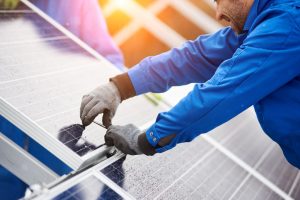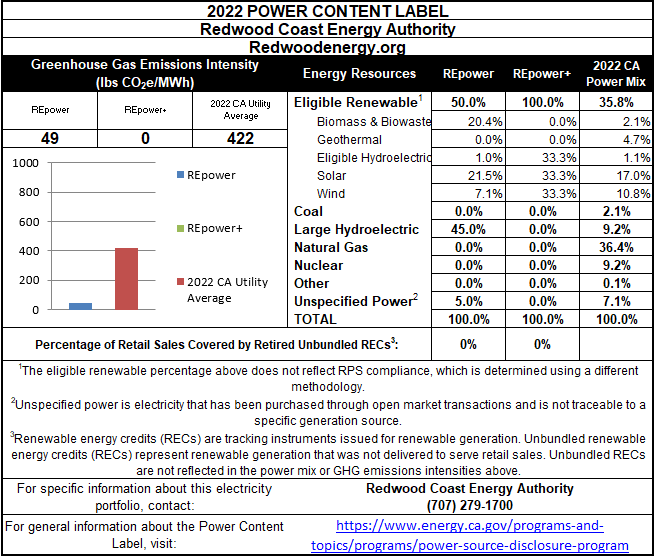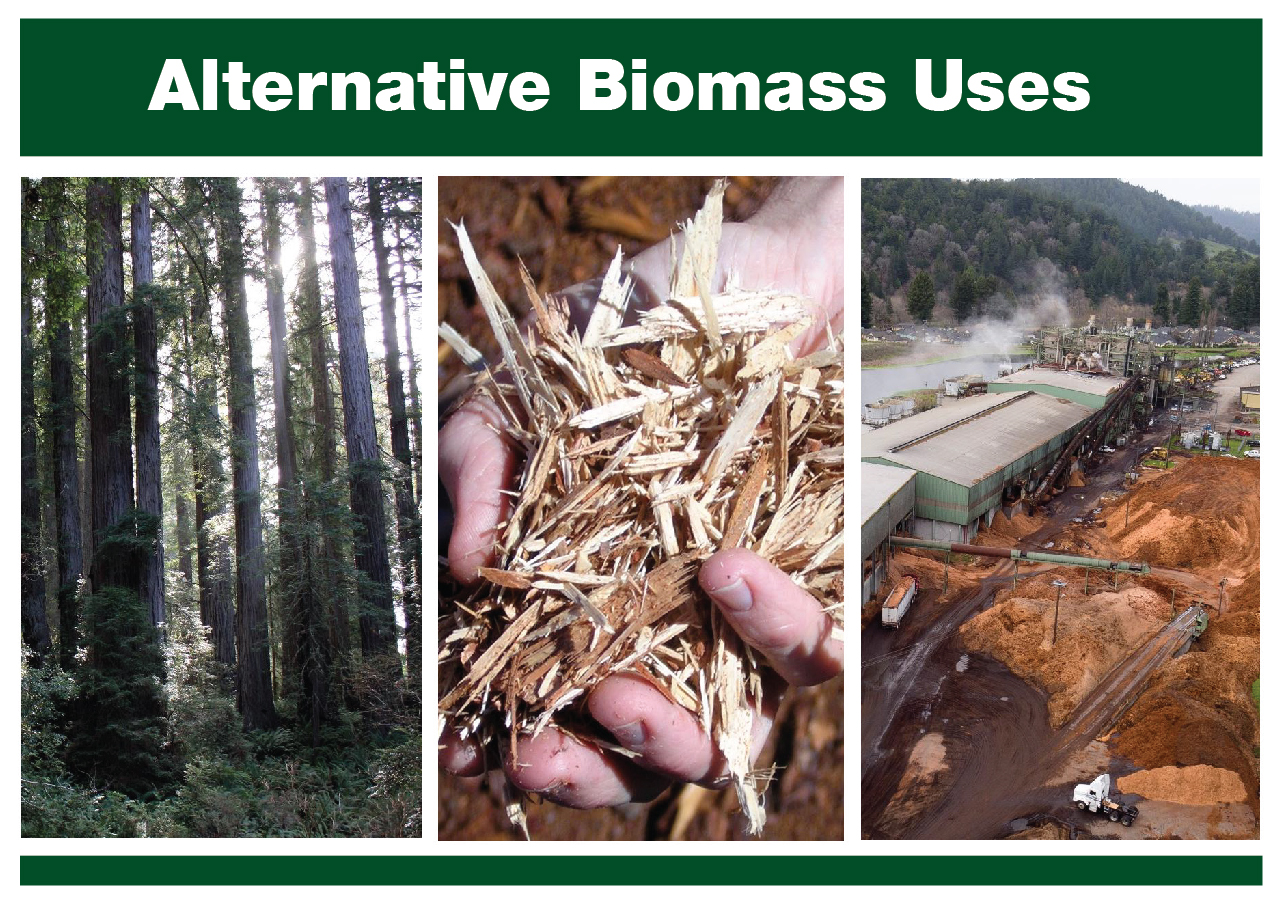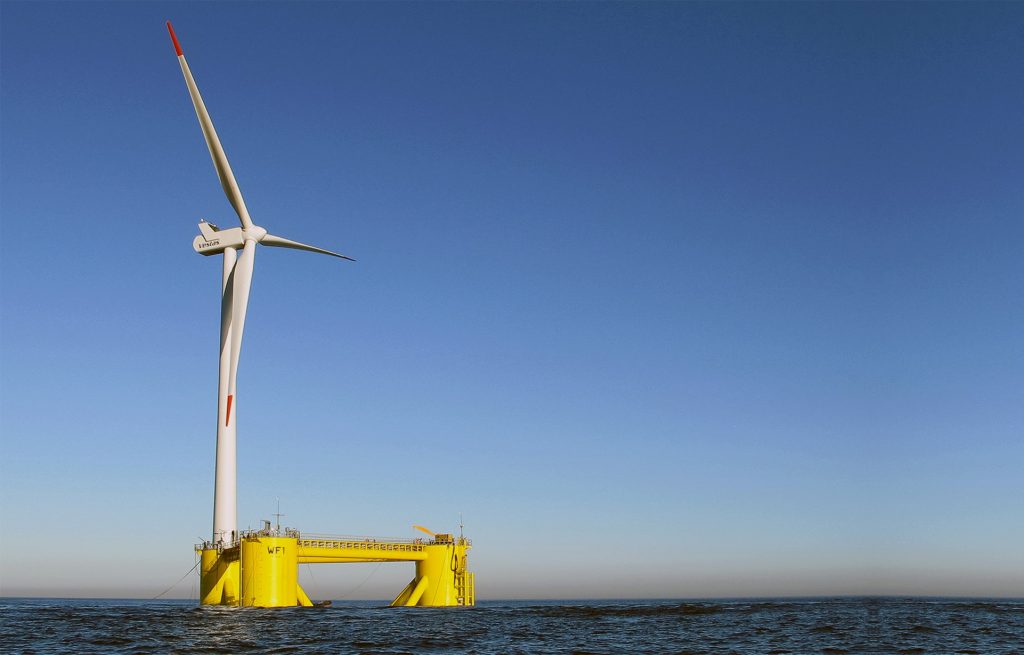Our electricity is currently sourced primarily from wind, solar, and hydropower from California and the Pacific Northwest, plus local biomass. We are working toward a portfolio that largely consists of new renewable energy and energy storage resources under long-term contracts that will contribute to the local and state transition away from fossil fuels.
Power Mix
We are committed to providing power that has more renewable energy and lower greenhouse gas emissions than PG&E at competitive rates.
Your power choices
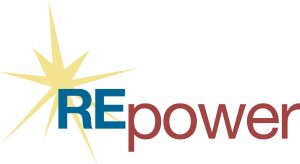
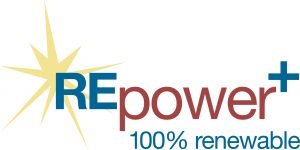
RCEA’s default service is REpower, which provides increasing renewable power content each year with a goal of being 100% renewable by 2030. The chart below shows our power mix percentages for the most recent year reported to the State’s Power Source Disclosure program, matching the percentages shown in the Power Content Label further below. This mix varies from year to year based on RCEA’s power contracts and short-term purchases.
Customers who want to invest in a higher renewable content can opt up to REpower+, which provides 100% renewable and carbon-free energy service for their home or business. The chart below shows the power mix currently offered, which differs from the historic REpower+ mix shown in the Power Content Label further below. The REpower+ mix is planned to stay the same for the foreseeable future.
RCEA 2022 Power Content Label
The power content label shows RCEA’s power mix compared to the statewide average power mix for the most recent reporting year. It is mailed to customers every year in compliance with the California Energy Commission’s Power Source Disclosure Program.
During the pandemic years of 2020 and 2021, short-term financial challenges required RCEA to temporarily reduce our renewable energy content in order to keep customer rates competitive. These financial challenges included increased wholesale power costs, lower than expected investor-owned utility generation rates that serve as a benchmark for RCEA’s own rates, and delayed or reduced customer revenues due to financial hardships. The financial outlook in 2022 and future years has improved, allowing RCEA to resume its trajectory toward 100% renewable and carbon-free energy by 2025 and 100% local renewable energy by 2030. The following graphic depicts RCEA’s historic and projected future power mix by year.
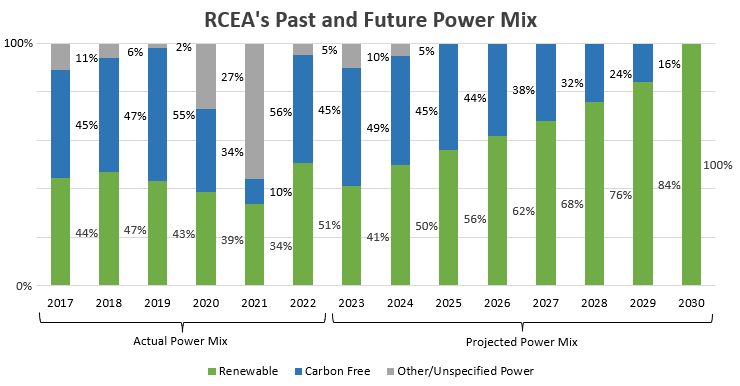
Power Resources
Current and Future Renewable Energy Sources
See resource details below the maps. Note that the italicized projects are in development.
RCEA’s Humboldt County Power Resources Map
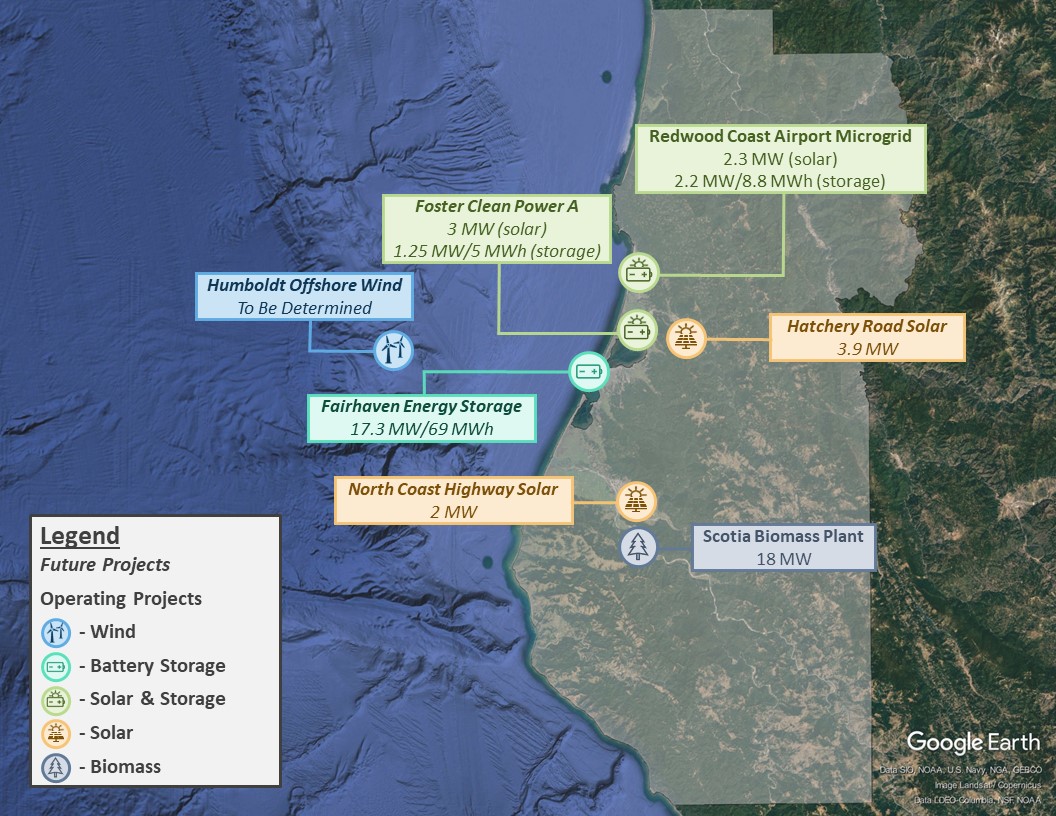
RCEA’s State and Regional Power Resources Map
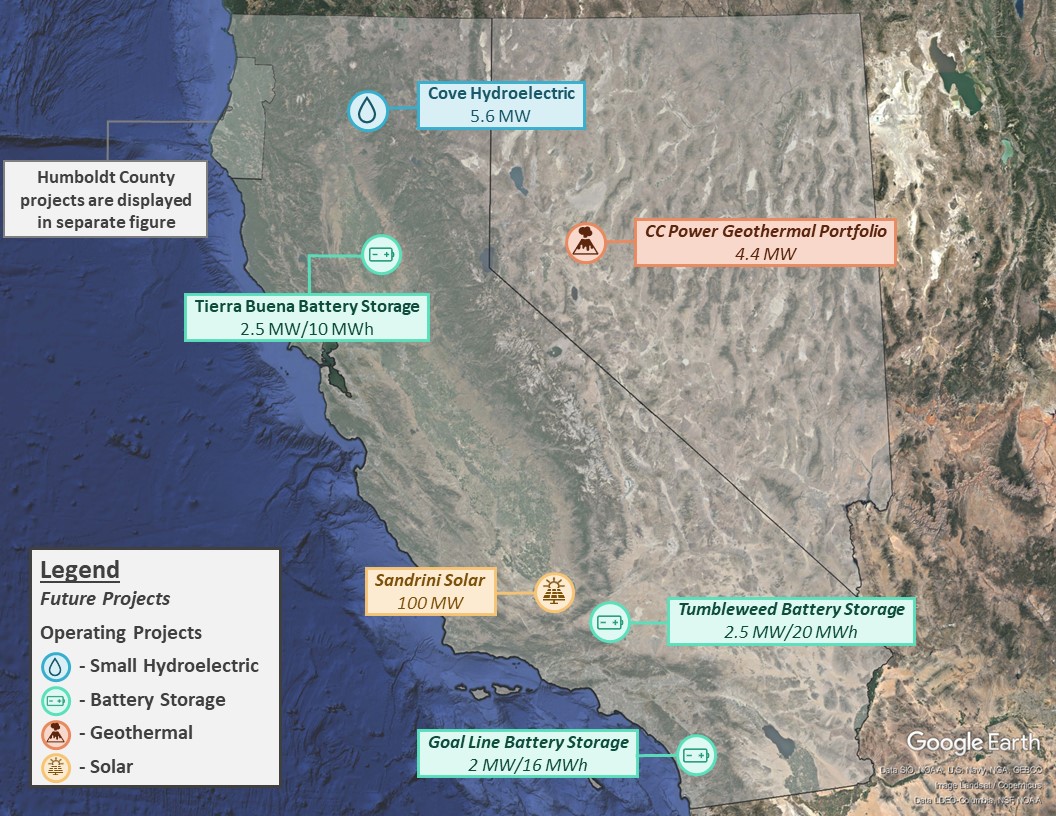
Biomass
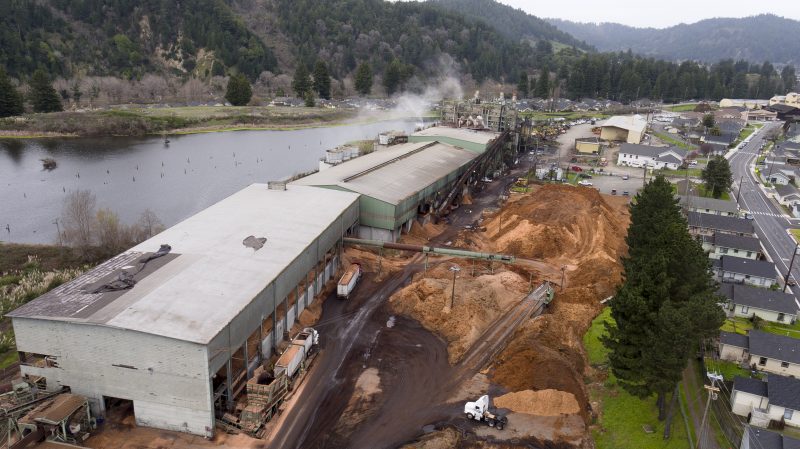
The term biomass refers to materials of biological origin, such as forest and agricultural waste, that can be used as fuel for generating electric power. Local biomass power from Humboldt Sawmill Company in Scotia makes up approximately 15% of RCEA’s current electricity portfolio. The facility uses waste material from local sawmills to fuel their two operating generating units, which power their lumber mill in addition to supplying power to the grid. RCEA’s biomass power contract with DG Fairhaven Power on the Samoa peninsula ended in 2020 and the plant has been non-operational since then.
RCEA includes biomass in its current power mix for a number of reasons:
- Biomass power is one of the only utility-scale (i.e. multi-megawatt) operating sources of state-designated renewable electricity in the county and serves as a starting point toward RCEA’s goal of 100% local renewable power.
- The Humboldt Sawmill Company biomass power plant primarily uses mill waste that would otherwise need to be disposed of by an alternative means. In the absence of the local biomass plant, the forest products industry would resort to trucking the material to more distant power plants, thus increasing total emissions. Other alternatives for local use of the wood waste may be feasible, such as composting or production of durable goods. However, these solutions are not currently being implemented locally at the needed scale. The local mill waste stream is abundant enough that Humboldt Sawmill Company is able to fulfill its contract with RCEA without harvesting trees specifically for feedstock.
- The biomass power plant provides high-skill blue collar jobs that strengthen the local economy.
- Humboldt County is the number one forest products producer among California’s 58 counties. Bioregionally, it makes sense to use local mill waste here, just as it makes sense to use local geothermal power in Sonoma and Lake Counties, wind in the Tehachapi and Altamont wind areas, and solar power in the deserts of southeastern California.
- Under our re-negotiated contract terms, biomass power is cost-competitive with other sources of renewable energy that could replace it.
Some community members have expressed concern about the emissions of greenhouse gases (GHGs) and air pollutants from the local biomass plant. RCEA’s biomass contract calls for strict compliance with federal, state, and local environmental regulations, including air emissions. The state’s GHG emissions rules for biomass power plants count only the “non-biogenic” emissions from fossil fuels such as natural gas that are used at these plants to start up equipment. These fuels make up a relatively small part of the plants’ total fuel use. Emissions from the biomass itself are accounted for by the state separately in the forestry sector, per internationally accepted GHG accounting standards. In recognition of community concerns about biomass emissions, RCEA’s strategic plan as revised in 2019 calls for planning for a transition away from direct combustion of biomass in favor of cleaner alternatives.
Frequently Asked Questions
How many trees are being cut down for electricity production at the local biomass plants?
Response: The plant utilizes waste from local lumber mills, not whole trees, as its primary fuel source (according to local forest products industry sources, some whole trees from operations such as roadside vegetation management may be sent directly to the biomass plants). In the absence of the plant, the material would otherwise need to be disposed of by an alternative means, most likely trucking it to more distant power plants, thus increasing total emissions. The local mill waste stream is more than sufficient to allow the plant to fulfill its RCEA power contracts without harvesting trees specifically for feedstock.
Is the biomass power RCEA is buying more expensive than other renewables?
Response: RCEA used to pay a premium price for local biomass power, in consideration of the plant’s relatively high operating costs and the community benefits discussed above. However, the contract with HSC was renegotiated as a long-term agreement in exchange for a lower price, and now the plant consistently generates positive value for RCEA’s power portfolio. Biomass power is typically more costly on a contract basis than other forms of renewable energy, mainly because it is more labor-intensive to produce. However, if the value of the power is accounted for, biomass is approximately at parity with our other renewable resources, since it is available when other renewables aren’t and when power is very expensive.
Why doesn’t RCEA source 100% of its electricity from zero greenhouse gas sources such as solar and wind instead of biomass?
Response: RCEA includes substantial amounts of solar and wind power in our portfolio and we are striving to develop these resources locally. Biomass is a “baseload” resource, meaning it provides an essentially constant output day and night to balance out the production from intermittent renewables. Wind and solar are not baseload resources and thus are not available on-demand. Battery storage can alleviate this issue but is not yet being deployed at the scale that would be needed to replace biomass’s baseload function in the local power mix.
Can improvements be made to the biomass plants to modernize them and reduce their greenhouse gas and particulate emissions?
Response: RCEA’s current contract calls for HSC to comply with all laws and regulations, including emissions limits. Beyond this, we do not dictate what equipment is to be used to control emissions. Some plant improvements have been made since RCEA began contracting for biomass power, and data to become available to the public in the future through the California Air Resources Board and the California Energy Commission, will show whether this is resulting in lower emissions per unit of energy produced. Further improvements in the plants are possible, but the operators are unlikely to make these investments unless they are ordered to by regulators or offered a higher price for power with plant improvements as a contractual condition.
Humboldt State University Capstone Class on Alternative Biomass Uses
RCEA’s RePower Humboldt Comprehensive Action Plan for Energy includes the following strategies addressing Humboldt County’s biomass management needs: 1) Support biomass fuels reduction and utilization 2) Plan for a long-term transition away from direct combustion of forest-derived biomass and toward lower-impact uses of this material.
In support of these strategies, students of Drs. Sintana Vergara and Tesfayohanes Yacob’s spring 2020 Environmental Resources Engineering capstone design project class focused on alternative biomass uses.
Six teams of students identified and evaluated different energy and non-energy end use cases for local mill waste, with RCEA Power Resources staff as their clients. Here are the teams’ findings:
Executive Summaries
Final Reports
Final Presentations
Recording of presentation
Three students shared their class’ findings on different energy and non-energy biomass uses during a webinar hosted by RCEA. The recording: https://vimeo.com/447221825
- The agenda
Michael J. Furniss report on Biomass in Humboldt County
This Biomass in Humboldt County (PDF) document was prepared by Michael J Furniss, Climate and Forests Consultant to RCEA. The report includes a Brief Summary of Workshops, Consultations, and Research.
RePower Humboldt / Comprehensive Action Plan for Energy Update - 2019 Biomass Public Workshop
October 18, 2019, at the Humboldt Bay Aquatic Center in Eureka
Final workshop in the summer/fall 2019 series explores the role of regional forests and biomass in addressing climate change, and what strategies could be developed to support that role in Humboldt County. Our RePower Humboldt page captures the public comment that went into shaping our strategic plan update, including a focus on biomass.
Panel (in seating order):
- Michael Furniss – Moderator, Consultant to RCEA
- Yana Valachovic – County Director and Forest Advisor, UC Extension
- Kevin Fingerman – Assistant Professor, Energy & the Environment, Humboldt State University
- Jason Davis – Deputy Air Pollution Control Officer, North Coast Unified Air Quality Management District
- Richard Engel – Director Power Resources, Redwood Coast Energy Authority
- Angie Lottes – Assistant Deputy Director for Climate & Energy, California Department of Forestry and Fire Protection
- Dan Chandler – Member 350.org
- Adam Steinbuck – Director, Fiber and Freight, Humboldt Redwoods Company, LLC
Facilitator: Ali Lee
Introduction: Matthew Marshall, Executive Director, Redwood Coast Energy Authority
Video recording: https://vimeo.com/368199665
Links for Additional Information
- U.S. Department of Energy – Bioenergy
- U.S. Energy Information Administration – Biomass
- California Energy Commission Resources:
- California Energy Commission – Biomass
- An Assessment of Biomass Resources in California 2007, 2010 and 2020 (PDF)(see page 69 of the report for the estimated available forest slash and mill residue for Humboldt County)
- California Air Resources Board (CARB) links:
- Biomass stories in the local media:
- Resources from Humboldt State University
- Waste to Wisdom Project
- Schatz Energy Research Center Bioenergy webpage
- Analysis of Supply Chain for Biomass Emissions (PDF) (Thesis by Angela Lottes)
- Forest Management and Climate Change (Michael Furniss, Watershed 458 & 558)
- Cal Fire Biomass and Bioenergy webpage
Cove Hydroelectric
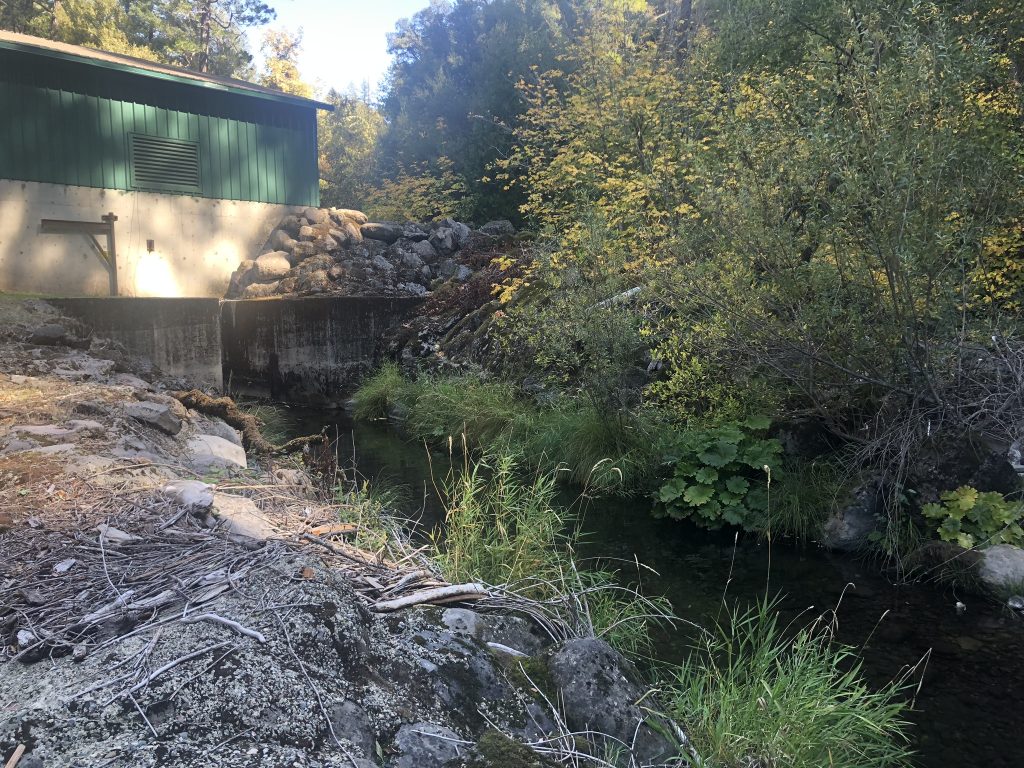
In September of 2019, RCEA signed a 15-year power purchase agreement with Snow Mountain Hydro for its Cove Hydropower Project, an existing, seasonal, 5.6 MW run-of-the-river project in Shasta County.
The facility is located on Hatchett Creek, a tributary to the Pit River located northeast of Redding in Shasta County. While not strictly speaking a local project in RCEA’s Humboldt County service area, the Cove project lies within the preferred northwest California area identified in RCEA’s 2019 solicitation for long-term renewable energy contracts.
RCEA began receiving the full power output of the project in March of 2020. Small, low-impact hydro projects like Cove qualify as renewable energy under state standards.
This type of hydropower project does not impound the creek with a dam or weir, as traditional largescale hydropower projects do. Instead, run-of-the-river projects like this divert a portion of the creek water when flows are abundant enough and run it through a turbine before returning the er to the creek downstream, which has a minimal environmental impact.
Redwood Coast Airport Microgrid
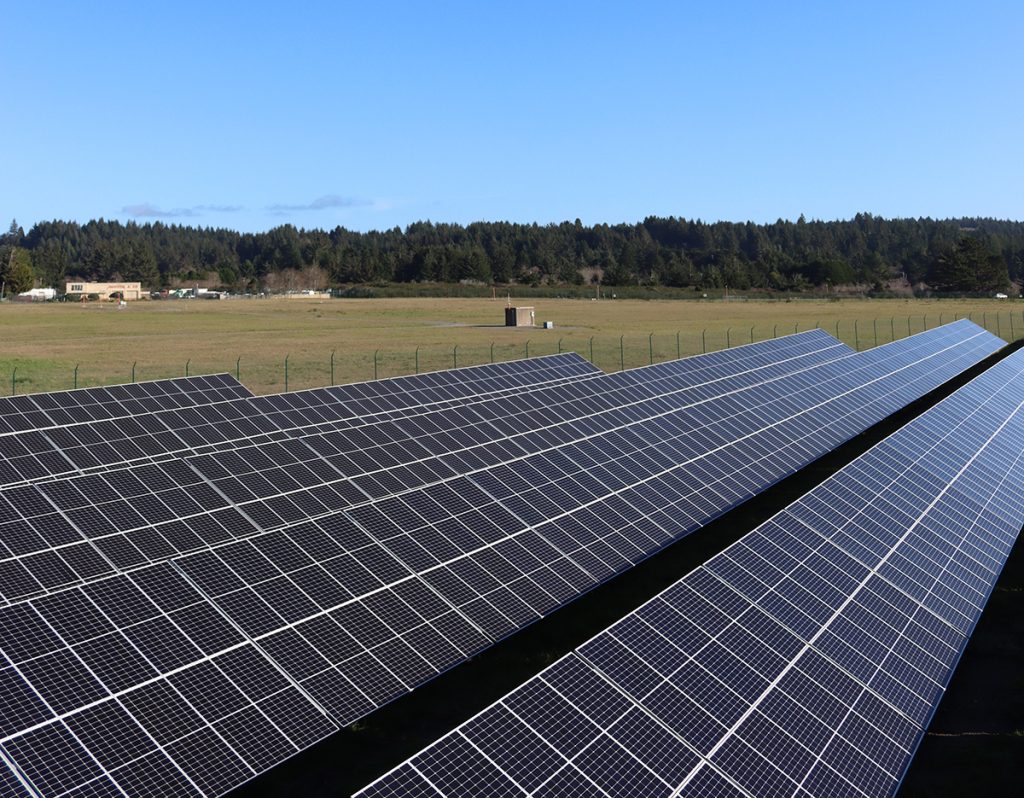
Visit the Redwood Coast Airport Microgrid page for details.
Sandrini Sol 1 Solar Park
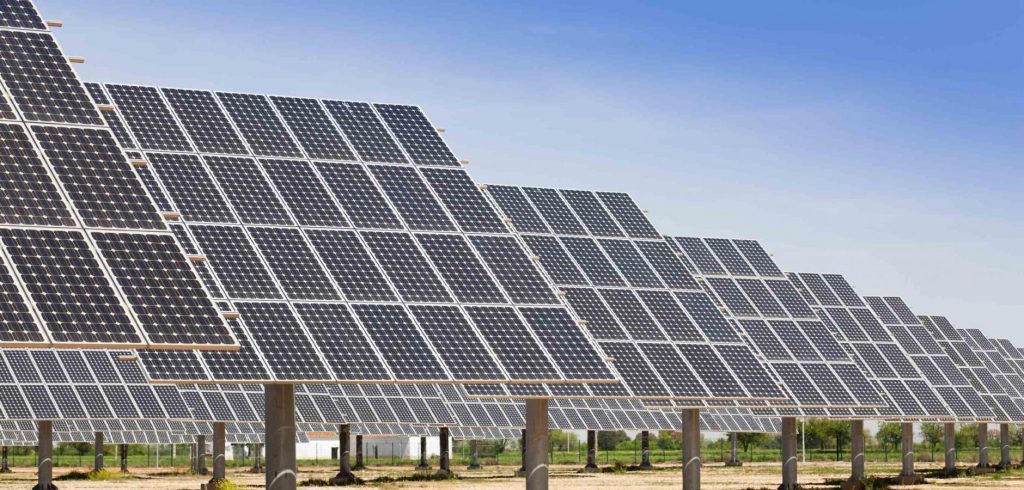
RCEA signed a 15-year power purchase agreement in May 2020 with EDP Renewables North America (EDPR) for the 100 MW Sandrini Sol 1 Solar Park in Kern County, California. The project is under construction and is expected to be operational late 2023 to early 2024.
Under the power purchase agreement, RCEA will receive approximately 300,000 MWh of renewable electricity per year. This will initially meet approximately 45% of RCEA’s current load.
EDPR’s project was selected for a power purchase agreement based on their response to RCEA’s 2019 solicitation for long-term renewable energy contracts. This facility will be eligible under California’s Renewable Portfolio Standard. Download the Sandrini Sol 1 Solar Park press release (DOCX) to read more.
Foster Clean Power
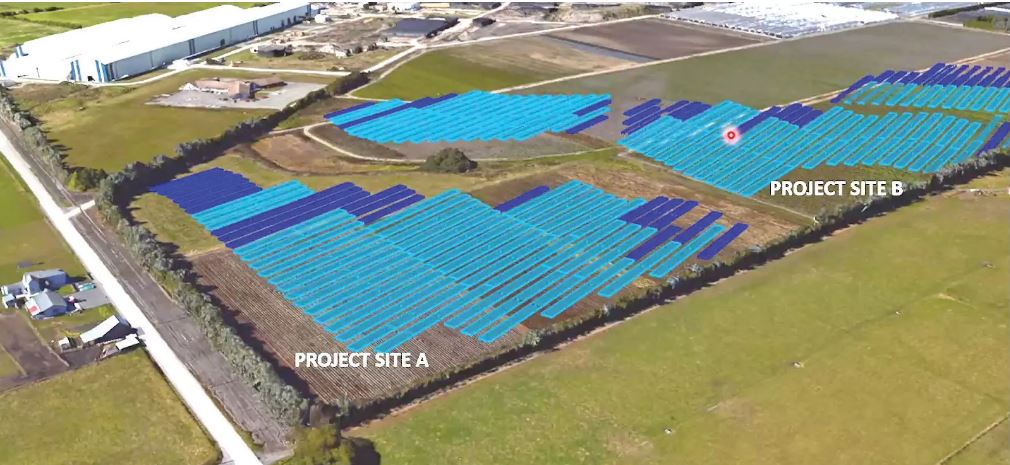
The Foster Clean Power A project is a hybrid 3 MW solar plus 1.25 MW battery storage system that is being developed by Renewable America on land adjacent to Foster Avenue just outside Arcata city limits. Once operational in early 2024, the project will contribute reliable, renewable energy to RCEA’s portfolio. The developer is also planning a phase B of the project that RCEA does not have under contract. More information about the Foster project can be found on the County of Humboldt Planning Department webpage.
Onshore Wind Energy
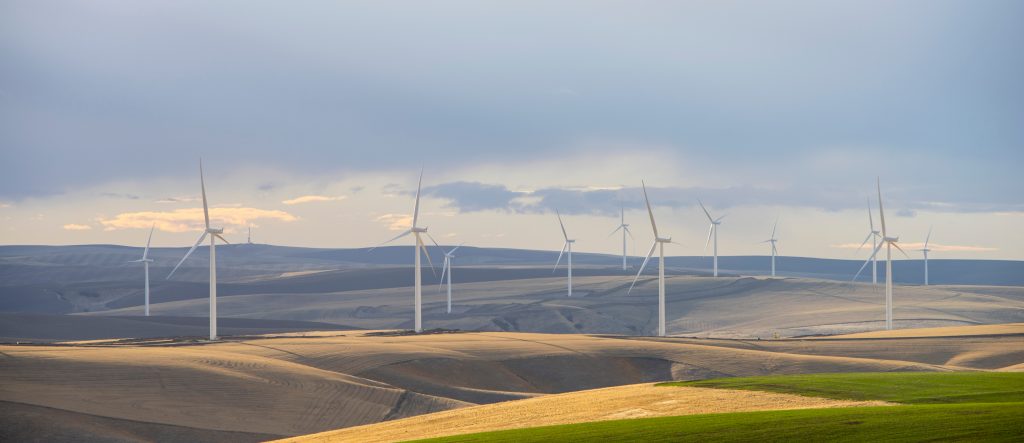
In 2019, RCEA issued a solicitation for long-term renewable energy power purchase agreements. RCEA expressed a preference for local projects built in Humboldt County. Terra-Gen submitted an offer for power from its proposed Humboldt Wind project. Of the 40 offers submitted to RCEA by 13 companies, this was the only offer for a project to be built in Humboldt County. In late 2019, the County’s Planning Commission and Board of Supervisors rejected Terra-Gen’s application for a conditional use permit. Terra-Gen is no longer pursuing development of the project. RCEA will continue to seek opportunities for local onshore wind development that meets the community’s and local Tribal standards.
North Coast Highway Solar
The North Coast Highway Solar (NCHS) project was procured through RCEA’s Feed-in Tariff (FIT) Program, which offers 20-year fixed-price contracts for new renewable energy projects under 1 MW in Humboldt County. The NCHS facility is comprised of two 990 kW solar projects to be built in Hydesville, CA and expected to be operational mid-2024.
To learn more about RCEA’s FIT Program, please visit the Feed-In Tariff page.



